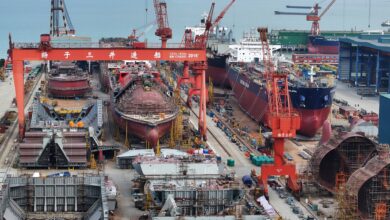
The current conflict situation is becoming tense along the African shoreline of the Gulf of Aden, especially between Somali and Ethiopian nations. Unrest in the Bab al Mandab Strait, the narrow entrance of the Red Sea from the Gulf of Aden, is increasing. Yemen’s shores are dominated by the Iran-backed militia named the Houthis, while pirate attacks off the coast of Somalia have greatly increased.
One major event was when the two nations, Somalia, entered into a defense cooperation agreement, making Egypt return to the Horn of Africa after more than four decades. This cooperation also entails the provision of military assistance to Somalia, which continues to experience security crises.
The crisis’s roots are in Ethiopia becoming a landlocked country in 1993 due to the independence of Eritrea; thus, the country needs a seaport.
Ethiopia signed the memorandum for using the Somali Republic port with the so-called “Republic of Somaliland,” which was heavily criticized by His Excellency Somali President Hassan Sheikh Mohamud in Mogadishu, who stated that it violated Somalia’s sovereignty.
As Egypt plans to send up to 10,000 soldiers to Somalia, tensions may spike even higher. The inclusion of various external players, such as the UAE and Turkey, also complicates the picture and causes concern about competing interests that could lead to actual conflict that threatens the stability of the region and disrupts already sensitive supply lines.



